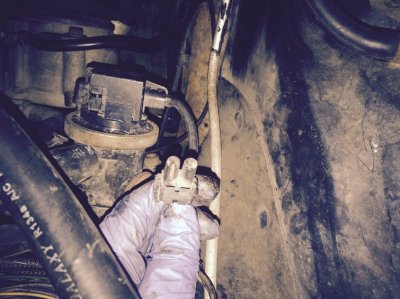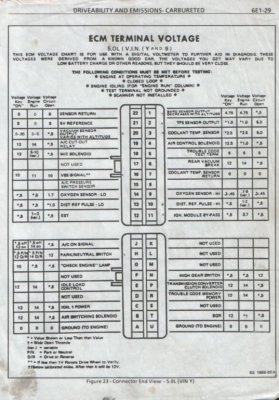- Joined
- Aug 29, 2010
- Posts
- 47,216
- Reaction score
- 9,502
- Location
- OKC, OK
- First Name
- HotRod
- Truck Year
- 85 K20 LWB
- Truck Model
- Silverado
- Engine Size
- 454 - Turbo 400 - 3.73
Have you got a good digital volt gauge? Check your voltage just for ***** and giggles. You should have between between 13.2 and 13.8 to be safe. If it's 14 or higher, you need a new voltage regulator. You might be cooking ECMs. Check it right off the alternator wire. And rev it up too. Don't settle for it's good at 800 rpm while idling. Watch it as you rev up to about 2000 rpm or so.



